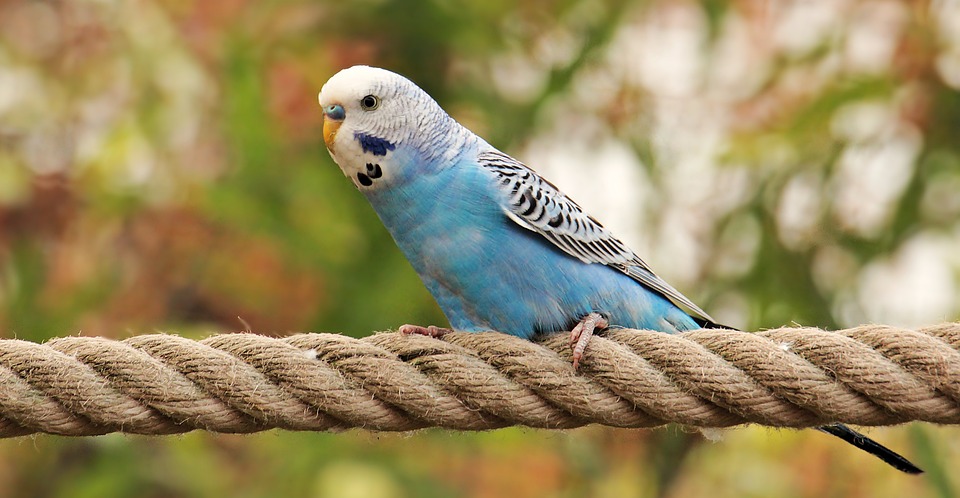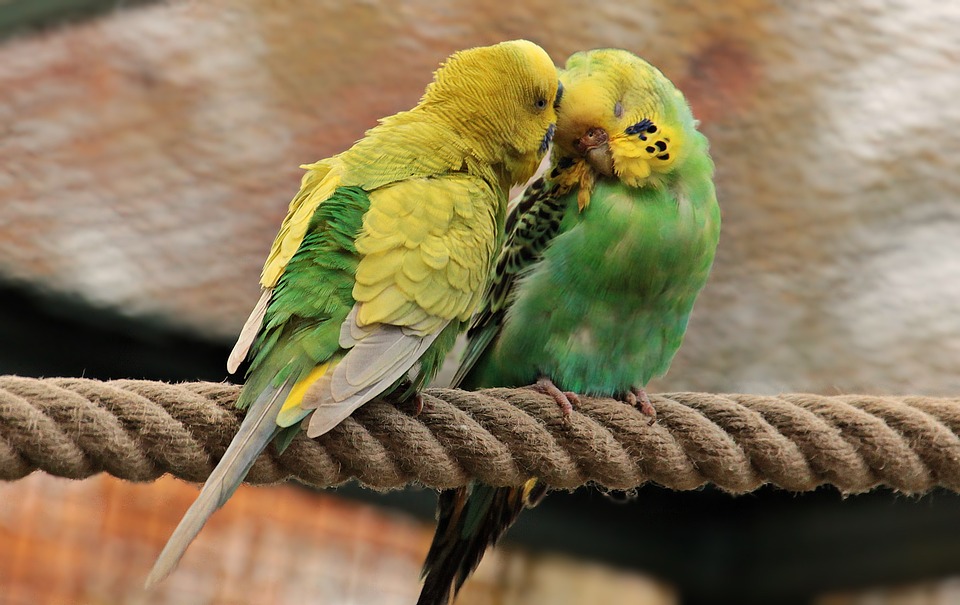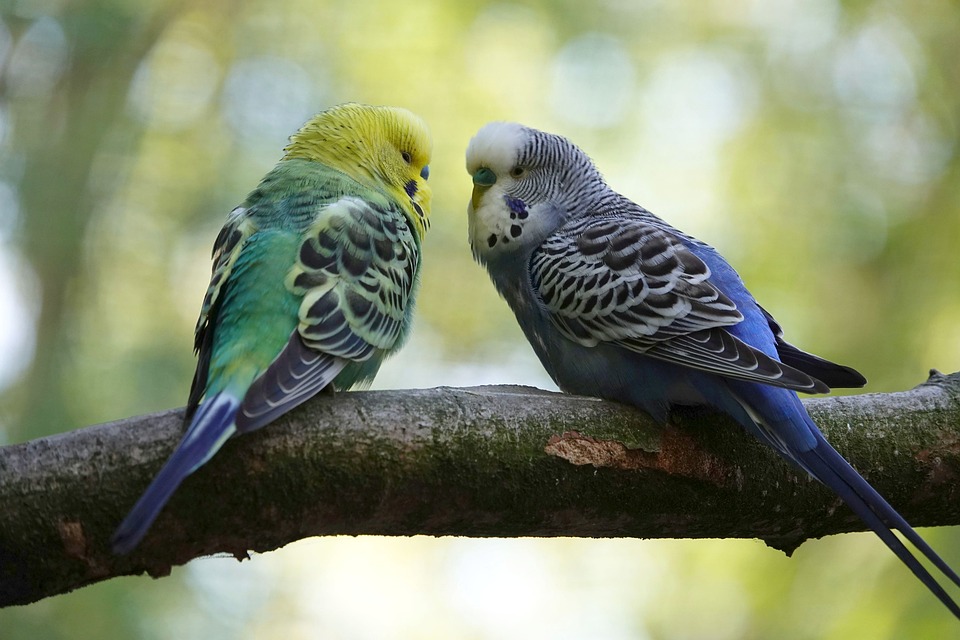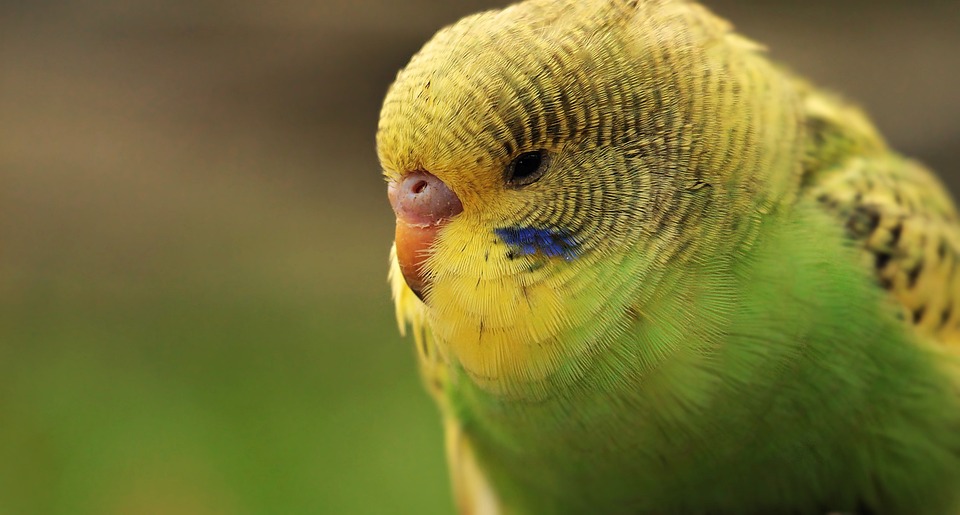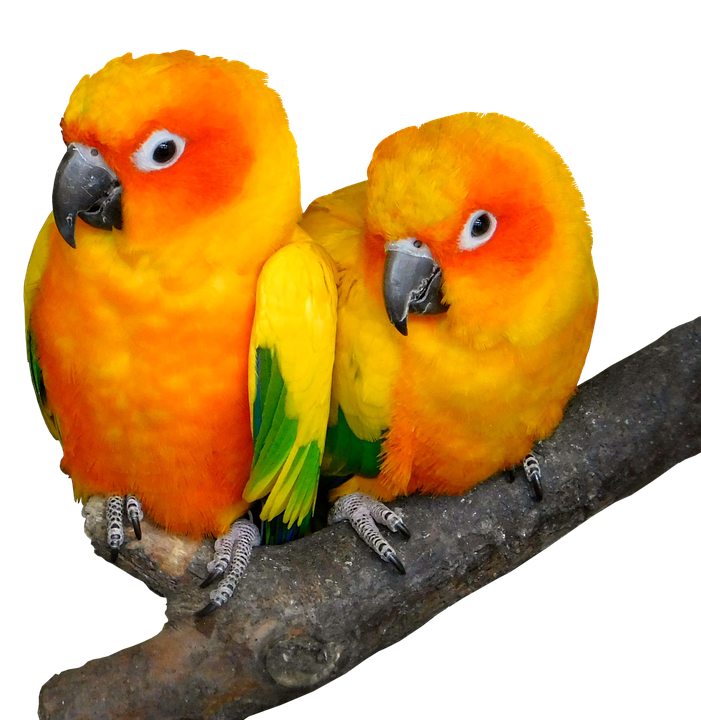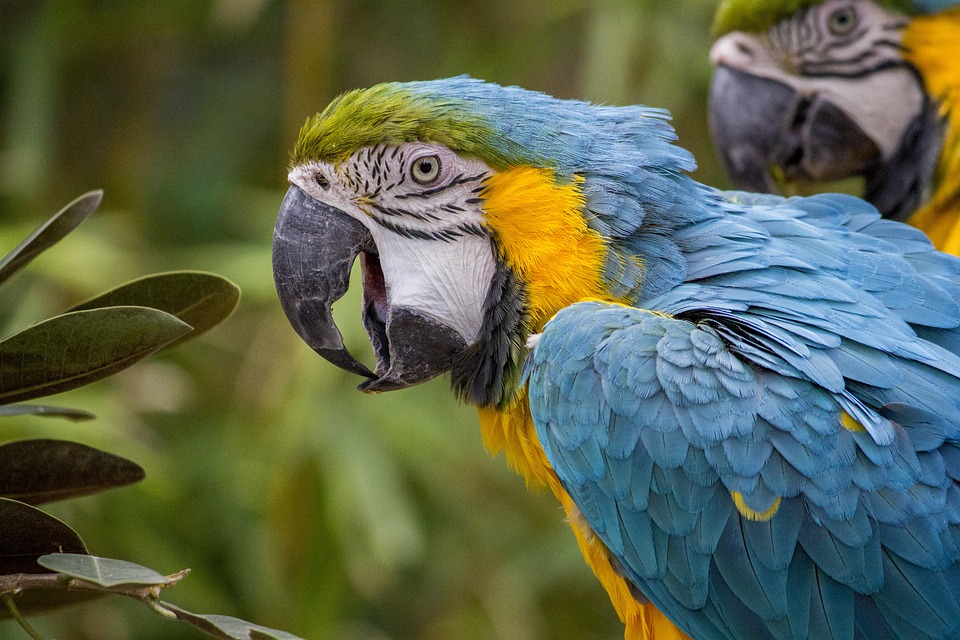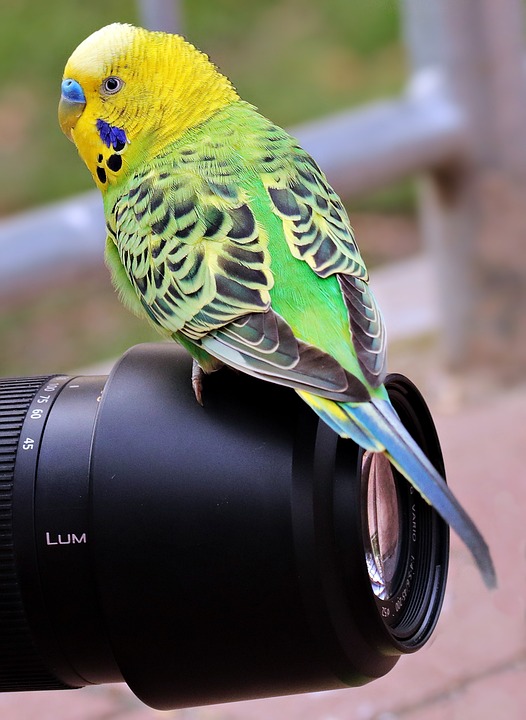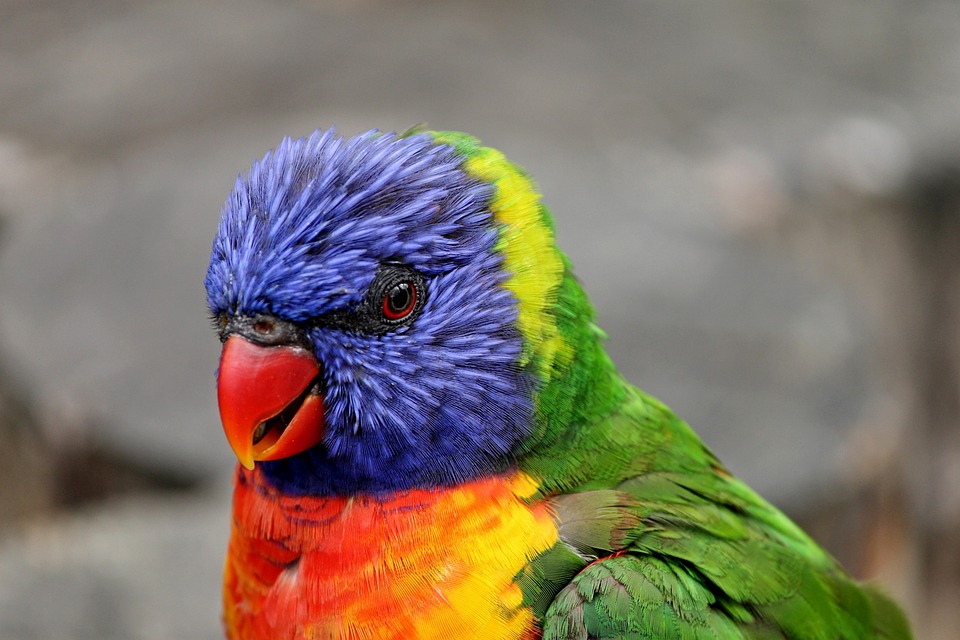Parrots are intelligent and social creatures that make wonderful companions. However, just like any other pet, they can exhibit behavior problems that may require attention and understanding. This article aims to provide insights into common parrot behavior problems and offer guidance on how to address them effectively.
One common parrot behavior problem is aggression and biting. During their hormonal stages, parrots may display aggressive behavior such as biting. It is crucial to understand the underlying causes and implement appropriate strategies to address this issue. Some possible reasons for aggression in parrots include fear, territoriality, hormonal changes, or lack of socialization. To prevent and manage aggression in parrots, it is important to provide proper socialization and interaction, create a consistent routine and environment, avoid triggers and stressful situations, and seek professional help if necessary.
Another common issue is excessive screaming and vocalization. While parrots are known for their vocal abilities, excessive screaming can become problematic. Understanding the reasons behind their vocalization and finding ways to manage it can lead to a more harmonious living environment. Excessive screaming can be caused by boredom, attention-seeking behavior, fear, or mimicry. To address excessive screaming, it is important to identify the cause of the screaming, provide mental and physical stimulation, use positive reinforcement techniques, and set up a quiet and comfortable space for rest.
Feather plucking and self-mutilation are also common behavior problems in parrots. Feather plucking is a destructive behavior that requires immediate attention. Understanding the underlying factors and implementing a comprehensive approach is crucial to help your parrot overcome this harmful habit. Feather plucking can be caused by medical issues, stress, boredom, or lack of mental stimulation. To address feather plucking and self-mutilation, it is important to identify any underlying medical issues, provide a stimulating and enriching environment, ensure a balanced diet and proper grooming, and seek professional help and use behavior modification techniques if necessary.
Parrots can also develop fears and phobias, which can be due to various factors such as past trauma, lack of socialization, or environmental changes. Understanding these fears and working to alleviate them is essential for the well-being of your parrot. Fears and phobias can manifest in behaviors such as excessive screaming, aggression, or feather plucking. To help a fearful parrot, gradual desensitization and counter-conditioning techniques can be used, along with providing a safe and secure environment, building trust through positive reinforcement, and seeking professional guidance if needed.
In conclusion, understanding and addressing common parrot behavior problems is essential for maintaining a harmonious relationship with your feathered friend. By implementing appropriate strategies and seeking professional guidance when necessary, you can help your parrot overcome behavioral challenges and create a happy and enriching environment for both of you. Remember to be patient and consistent in your efforts, as addressing behavior problems may take time and effort. With understanding and proper care, you can ensure a happy and fulfilling life for your parrot.

